THE DEFINITIVE GUIDE FOR THE TREATMENT OF RHEUMATOID ARTHRITIS
WHAT IS RHEUMATOID ARTHRITIS?
Rheumatoid arthritis is an autoimmune disorder in which there is a chronic inflammation of joints. The immune system attacks the lining of the joints causing inflammation and pain. Distal joints are usually involved and mostly symmetrically but this condition affects more than just joints like skin, eyes, lungs, heart, blood vessels. There is a painful swelling of the joints which eventually results in bone erosion and joint deformity.
WHAT ARE THE RISK FACTORS FOR RHEUMATOID ARTHRITIS?
- FEMALE GENDER: women are more predisposed to develop rheumatoid arthritis than men.
- AGE: rheumatoid arthritis mostly begins after the ’40s.
- FAMILY HISTORY: genes have something to do with rheumatoid arthritis so if you have a family history of rheumatoid arthritis then you are also prone to develop it.
- OBESITY: overweight females are more prone to develop rheumatoid arthritis.
- SMOKING: cigarette smoking increases the risk of the development of many diseases including rheumatoid arthritis.
WHAT ARE THE COMPLICATIONS ASSOCIATED WITH RHEUMATOID ARTHRITIS?
- OSTEOPOROSIS: rheumatoid arthritis weakens the bones and the bone mineral density goes very low. Due to low BMI, there are increased chances of fracture.
- NODULE FORMATION: rheumatoid arthritis leads to the formation of nodules in the areas affected which could be anywhere in the body.
- INFECTION: due to impaired immune system there are increased chances of development of many infections.
- DRY EYES AND MOUTH: people having rheumatoid arthritis are much more likely to develop Sjogren’s syndrome which decreases the amount of moisture in the eyes and mouth.
- CARPAL TUNNEL SYNDROME: if the wrist is involved then the inflammation can compress the nerve in the carpal tunnel.
- HEART PROBLEMS: the disease increases the risk of hardened blocked arteries as well as inflammation of the sac enclosing the heart.
- LUNG DISEASE: with rheumatoid arthritis, there is an increased risk of inflammation and scarring of the lung tissues leading to progressive shortness of breath sometimes.
- LYMPHOMA: a lymphoma is a group of blood cancers of the lymph system.
WHAT ARE THE SYMPTOMS OF RHEUMATOID ARTHRITIS?
In the early stages, rheumatoid arthritis tends to affect smaller joints first like the joints attaching fingers with hands and toes with feet. With advancement, the disease spreads to wrists, knees, ankles, elbows, hips, shoulders which are usually symmetrical. There would be:
- Tenderness in the joints affected
- Swelling of the joint affected
- The Joint would be warm to touch
- Stiffness of the joints gets worse in the morning, after activity.
- Fever, fatigue, and also weight loss would be seen
Rheumatoid can progress to other parts of the body as well which are non-joint structures, like:
- Eyes
- Skin
- Lungs
- Heart
- Kidneys
- Salivary glands
- Bone marrow
- Blood vessels
- Nerve tissue
There are periods of flare-ups alternating with periods of comfort when the swelling and pain fade or disappear. Thus signs and symptoms of rheumatoid arthritis may vary in severity and tend to appear and disappear.
WHAT ARE THE CAUSES OF RHEUMATOID ARTHRITIS?
Synovium is the lining of the membranes that surrounds the joints and when the immune system starts to attack them taking as a foreign thing, there is inflammation of the synovium. This inflammation would cause swelling and tenderness which gradually destroys the cartilage and bone inside the synovium.
Due to the gradual weakening and stretching of the tendons and ligaments, the joint loses its alignment which would distort the shape as well.
There is just genetic susceptibility which can make someone prone to certain infections that may trigger the disease but there is no specific explanation that can testify why the process starts.
HOW TO DIAGNOSE RHEUMATOID ARTHRITIS?
Rheumatoid arthritis is hard to diagnose in the early stages as there are many diseases with the same set of symptoms and no blood test or physical findings can confirm the diagnosis. Although swelling, redness, and warmth of joints on examination may hint towards the disease.
Elevated ESR or CRP may indicate the presence of inflammation in the body.
WHAT TREATMENT OPTIONS ARE AVAILABLE FOR RHEUMATOID ARTHRITIS?
As per the conventional treatment, there is no cure for the disease but management can be done by:
- MEDICATION: including NSAIDs, steroids, disease-modifying antirheumatic drugs but the side effects of these medicines are very high and will damage the liver, bone marrow, and lungs.
- THERAPY: includes exercises that improve joint mobility and flexibility. The therapist would teach the ways of handling household chores which would help in relaxation of the sore joints by not putting much pressure on them as the condition could become much worse if the sore joint is irritated further
- SURGERY: Surgery is also advised to repair the damaged joints by removing the synovium; the lining attacked and inflamed by the immune system, by repairing the tendon of the joint, by realigning the joints, and by replacement of the joint as well.
But all these conventional treatments don’t remove the disease or heal it but have side effects as well.
HOW TO MANAGE RHEUMATOID ARTHRITIS?
Here are a few tips and tricks that can help you manage the signs and symptoms of rheumatoid arthritis:
- EXERCISE REGULARLY: gentle exercise should be done which would improve the strength of the muscles around the joints but exercises should always be done after checking with your doctor. Start with a mild walk initially and don’t irritate the tender, inflamed joints ( avoid exercises involving these joints). You can do swimming and water aerobics as well.
- RELAXATION: try to relax by meditation so that you can cope with the stress in your life which would trigger more pain.
- HOT AND COLD PACKS: hot packs would help ease the pain and tenderness while cold due to numbing effect would decrease muscle spasm and decrease pain as well.
- DON’T PUSH YOURSELF TOO MUCH: it's very important to know what can harm you so don’t push yourself into unnecessary trouble. Take rest when you are tired, afternoon naps would also help. If you have pain and tenderness, then stop exercising further. Increase your limit slowly.
- HOMEOPATHY: homeopathic medicines have no side effects. The medicines would not only help you to overcome the pain but would also help with tenderness. The homeopathic medicines would catch the disease in early-stage and would stop the advancement.
HOMEOPATHIC MANAGEMENT OF RHEUMATOID ARTHRITIS
The homeopathic system is an alternative system for almost all kinds of diseases. The medicines have no side effects. The medicines are given on the basis of symptoms and the constitution of the patient.
In rheumatoid arthritis, homeopathic medicines would help to get rid of symptoms without any side effects. The medicines would control the disease in the presenting situation only and would not let it grow further thus helping prevent the joint deformity. Since there are no side effects the patient can use the medicines for a longer duration.
Homeopathy with exercise would help in the best possible and harmless treatment of rheumatoid arthritis.
Few homeopathic medicines are calcarea carb, bryonia, sulphur, pulsatilla, natrum mur, benzoin acid, ledum pal, tuberculinum, hepar sulph, actea spicata, rhus tox etc.
But these medicines should always be taken only when prescribed by the homeopathic doctor as self-medication is harmful.
WHAT ARE THE DOS & DON’TS FOR RHEUMATOID ARTHRITIS?
DO’S
- Exercise regularly under the guidance of the expert
- Use hot and cold packs
- Don’t take the stress
- Manage your household chores as per your condition.
- Relax and take a rest at regular intervals.
- Prepare your symptom charts in the flare-up times.
- Stay active.
- Take a healthy diet.
- Drink plenty of fluids.
DON’TS
- Don’t overstretch yourself.
- Don’t put pressure on the inflamed joints.
- Don’t be sedentary.
- Don’t ignore the symptoms.
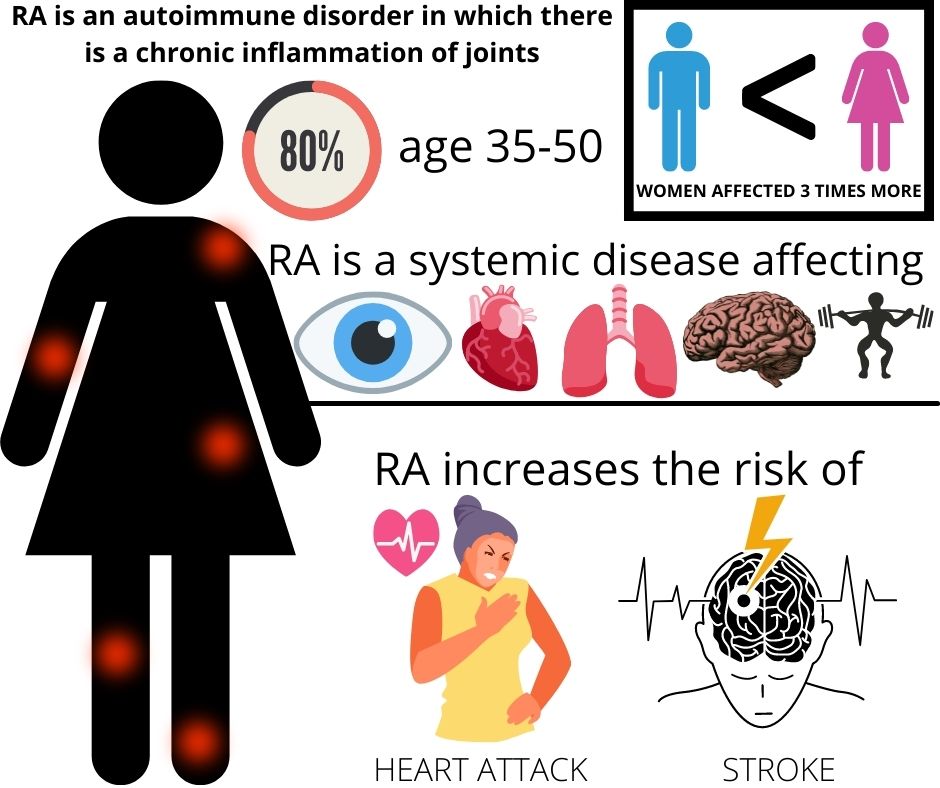
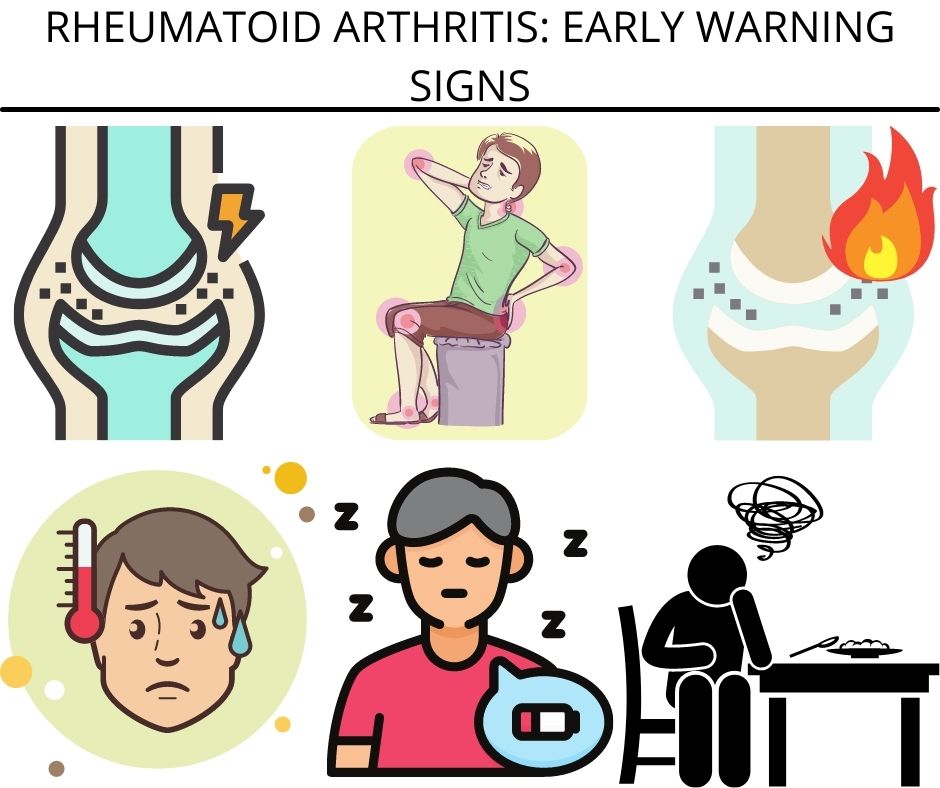

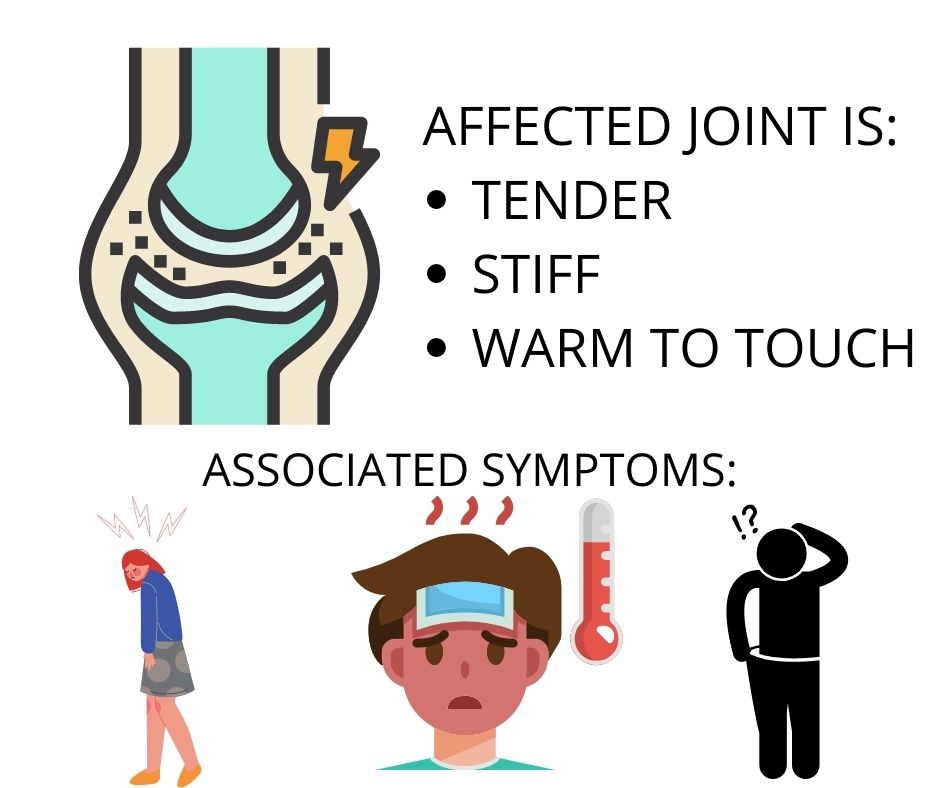
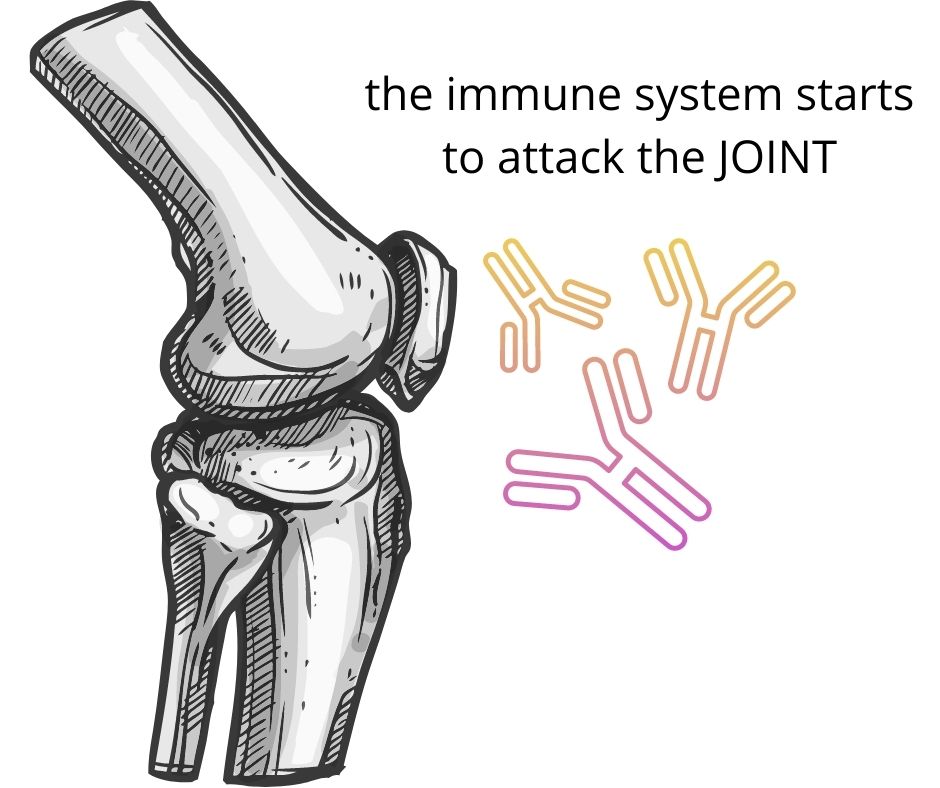


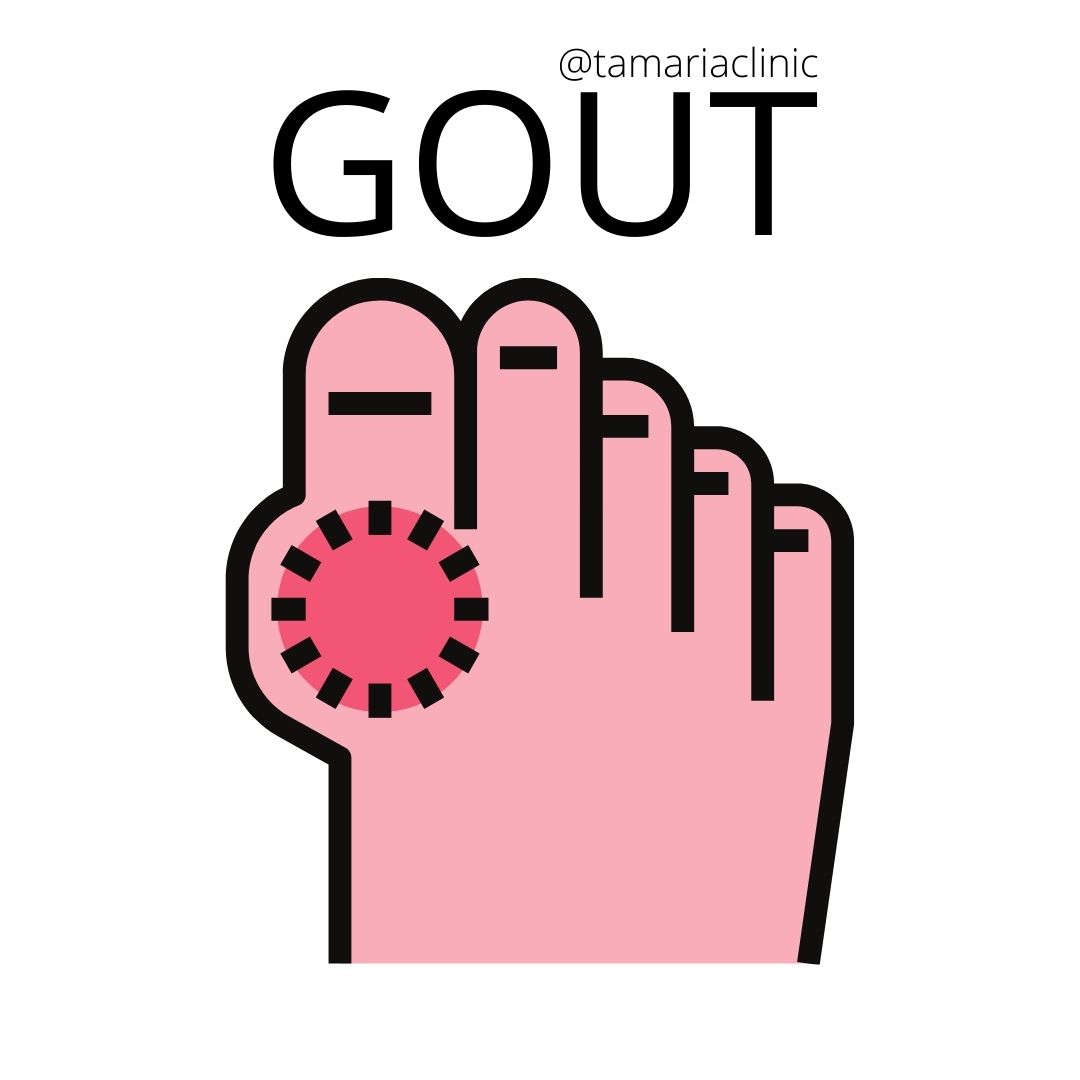

Comments
We have received your comment , Thank You !